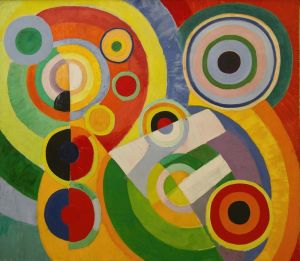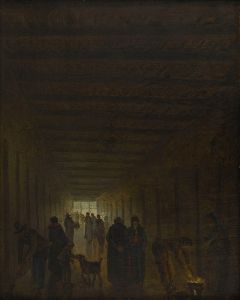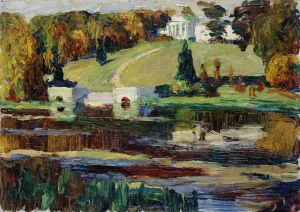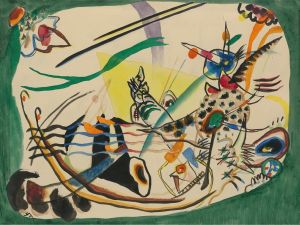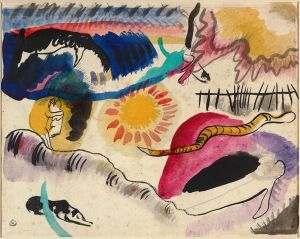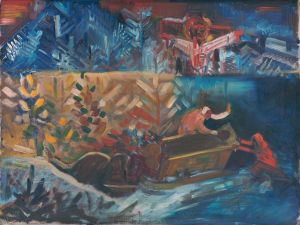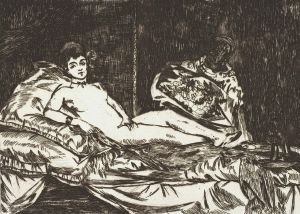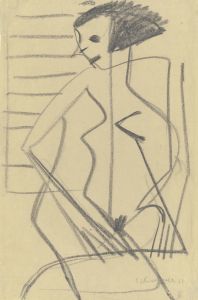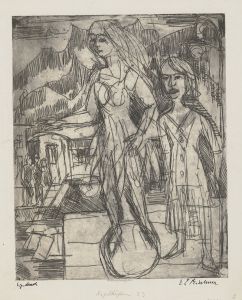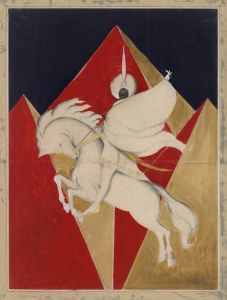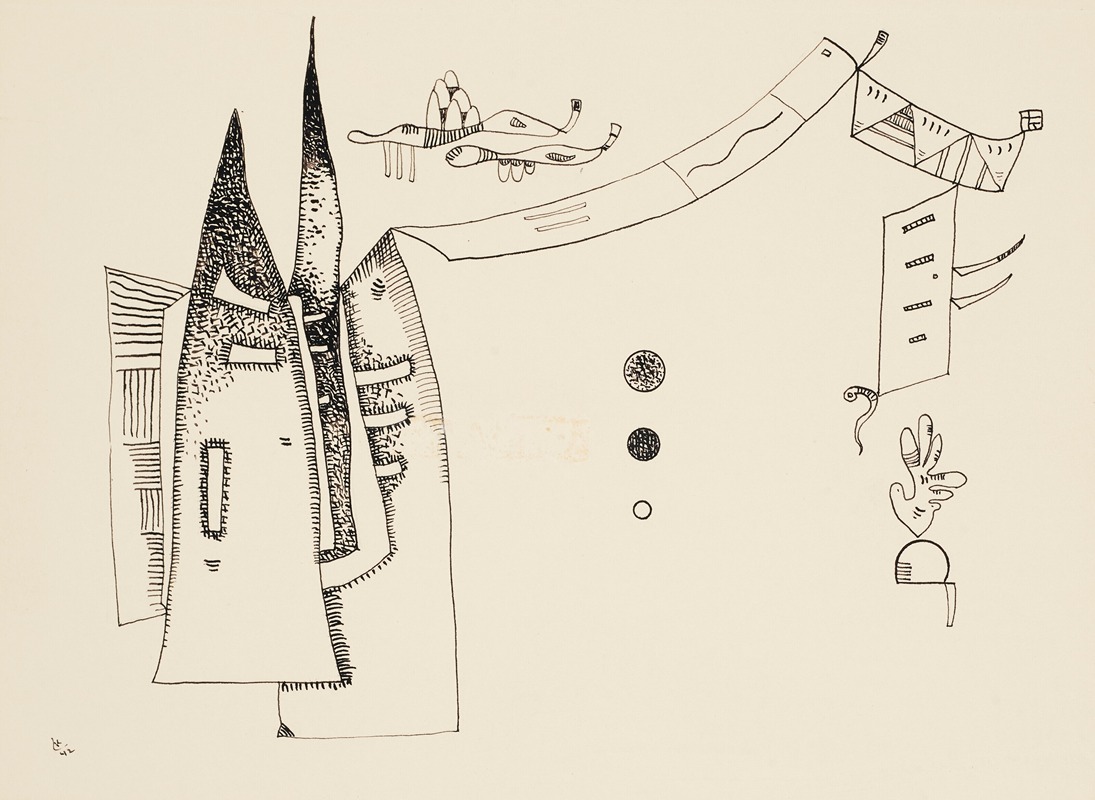
Ohne Titel
A hand-painted replica of Wassily Kandinsky’s masterpiece Ohne Titel, meticulously crafted by professional artists to capture the true essence of the original. Each piece is created with museum-quality canvas and rare mineral pigments, carefully painted by experienced artists with delicate brushstrokes and rich, layered colors to perfectly recreate the texture of the original artwork. Unlike machine-printed reproductions, this hand-painted version brings the painting to life, infused with the artist’s emotions and skill in every stroke. Whether for personal collection or home decoration, it instantly elevates the artistic atmosphere of any space.
Wassily Kandinsky, a pioneer of abstract art, created "Ohne Titel" (Untitled) in 1914. This work is a significant example of his transition from representational art to abstraction, reflecting his deep interest in the spiritual and emotional power of colors and forms. Kandinsky, originally from Russia, was profoundly influenced by the avant-garde movements in Europe, particularly during his time in Munich, Germany, where he was a founding member of the influential art group Der Blaue Reiter (The Blue Rider).
"Ohne Titel" is characterized by its vibrant use of color and dynamic composition, which are hallmarks of Kandinsky's mature style. The painting does not depict any recognizable objects or scenes, instead, it focuses on the interplay of shapes, lines, and colors to evoke a sense of rhythm and harmony. This approach aligns with Kandinsky's theoretical writings, particularly his seminal work "Concerning the Spiritual in Art," where he argued that art should transcend mere representation and instead convey deeper spiritual and emotional truths.
In "Ohne Titel," Kandinsky employs a variety of geometric shapes, including circles, triangles, and lines, which interact in a seemingly chaotic yet harmonious manner. The use of bold, contrasting colors such as reds, blues, yellows, and greens creates a vibrant and dynamic visual experience. This composition reflects Kandinsky's belief in the synesthetic relationship between color and sound, where different colors and shapes could evoke specific emotions and sensations, much like music.
The painting is also notable for its sense of movement and energy. The overlapping forms and the use of diagonal lines create a sense of dynamism, suggesting motion and change. This reflects Kandinsky's interest in the concept of Gesamtkunstwerk, or the total work of art, where different artistic elements come together to create a unified and immersive experience.
Kandinsky's work during this period was also influenced by his interest in theosophy and mysticism, which sought to explore the spiritual dimensions of existence. "Ohne Titel" can be seen as an expression of these ideas, with its abstract forms and vibrant colors serving as a visual representation of the artist's inner spiritual journey.
Today, "Ohne Titel" is considered an important work in the history of abstract art, showcasing Kandinsky's innovative approach to painting and his contributions to the development of modern art. The painting is held in various collections and continues to be studied and admired for its groundbreaking approach to abstraction and its profound impact on the art world.





